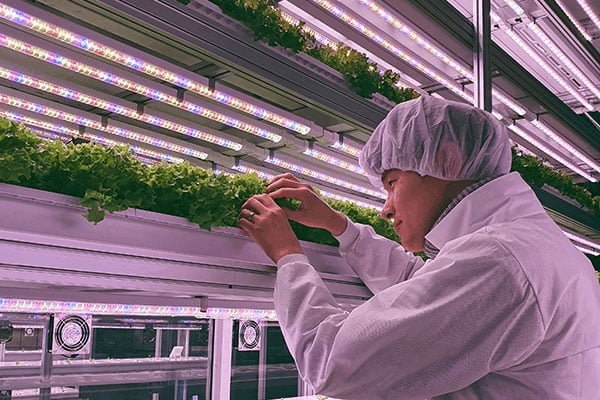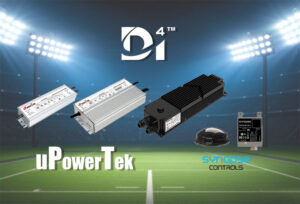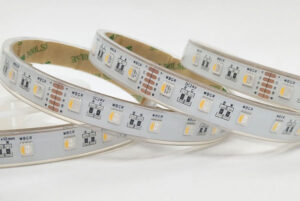Grow lights are an essential tool for indoor gardening, allowing plants to receive the necessary light for photosynthesis and growth. However, there are several issues that can arise when using grow lights. Here are the top 10 issues of grow lights:
1.Insufficient light intensity:
Insufficient light intensity can lead to slow growth and poor plant health. Proper selection and placement of grow lights is critical for ensuring that plants receive the necessary light intensity for optimal growth.

2.Uneven light distribution:
Uneven light distribution can lead to inconsistent growth and can also impact the appearance of plants. Proper placement and adjustment of grow lights is important for ensuring even light distribution across the plant canopy.

3.Excessive heat:
Grow lights can generate a significant amount of heat, which can be harmful to plants if not properly managed. Proper ventilation and cooling is necessary to prevent excessive heat buildup around the plants.

4.Inefficient energy use:
Grow lights can be expensive to operate, and inefficient energy use can drive up energy costs. Careful selection of lighting products and proper design of the lighting system is important for maximizing energy efficiency and minimizing operating costs.
5.Flicker and color consistency:
Flicker and color consistency can impact plant growth and can also impact the appearance of plants. Careful selection of lighting products and proper design of the lighting system is important for minimizing flicker and ensuring color consistency.

6.Inconsistent light spectrum:
Different plants have different light spectrum requirements, and inconsistent light spectrum can impact plant growth and development. Proper selection and control of grow lights is critical for ensuring that plants receive the necessary light spectrum for optimal growth.

7.Light burn:
Excessive light intensity or heat can lead to light burn, which can cause damage to plant leaves and flowers. Proper selection and placement of grow lights, as well as monitoring and adjusting light intensity, is important for preventing light burn.

8.Electrical safety:
Grow lights can be a fire hazard if not properly installed and maintained. Proper installation and maintenance, as well as adherence to electrical safety guidelines, is critical for ensuring the safe operation of grow lights.
9.Humidity control:
Grow lights can impact humidity levels in indoor growing environments, and proper humidity control is necessary for maintaining plant health. Proper ventilation and humidity control measures are important for preventing excess humidity buildup around the plants.

10.Light degradation over time:
Grow lights can degrade over time, which can impact their performance and lifespan. Proper maintenance and replacement of grow lights is important for ensuring that they continue to operate effectively over time.
In conclusion, grow lights are an essential tool for indoor gardening, but several issues can arise when using grow lights. Addressing these issues through careful selection and control of grow lights, as well as proper design and maintenance of the growing environment, can help ensure that plants receive the necessary light for optimal growth and health.





